Every August 6th (8-6), Toyota enthusiasts the world over celebrate Toyota 86 day. The day was chosen, for obvious reasons, because it coincides with these two numbers. We explain why '86' is such a special number for Toyota.
An affordable sports car
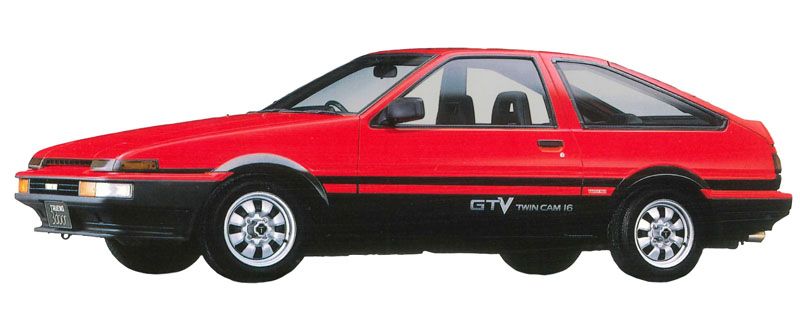
The number 86 stems from the chassis code (AE86) of one of Toyota’s most iconic cars, the Toyota Corolla Sprinter Trueno and Sprinter Levin released in the 80s. These vehicles were offered as sportier versions of the standard Corolla family car, powered by exceptionally robust, but also high performing engines, as well as light chasses, and most importantly, a rear-wheel drive layout.
The first letter of its four-character chassis code identifies the engine family (A series), while the second letter (E) identifies the model family (Corolla). The third and fourth characters are single digit numbers (8 and 6) and represent the specific generation (fifth) and model derivation (high-performance rear-wheel drive coupe) respectively.
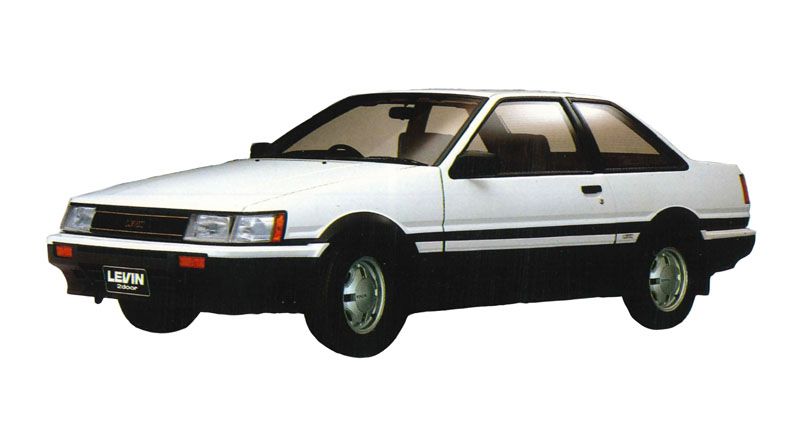
To help distinguish it from earlier and later models, Toyota enthusiasts have usually referred to these particular vehicles as the AE86, although Japanese fans went a little further by simply calling it the ‘Hachi-Roku’ (Japanese for Eight-Six). Because there were so many kinds of Corollas at the time, front front-wheel drive four-door sedans, station wagons, to these sports coupes, many enthusiasts began to refer to these cars by the chassis code to avoid confusion.
These sporty Corollas were relatively sought after as they were the only rear-wheel drive models in Toyota’s growing front-wheel drive Corolla family. The rear-wheel drive layout made it particularly well-suited for motorsports and sporty driving.

Another advantage it had was its special engine, the 4A-GE. Advertised as the most advanced production engine of its kind in the world, it was perfected in races and rallies, and integrated then-new technologies like fuel injection and twin cam 16-valve. These allowed the engine to produce 124-bhp and made it comparable in performance to larger, more expensive sedans.
Despite all that, being part of the Corolla family meant this line of vehicles was also quite affordable, making them an ideal choice for those just starting out in motorsports. It quickly gained a reputation for being a giant-killer particularly because it was more affordable to acquire and modify to a high degree compared to other vehicles.
Japanese influence

While not as popular in the rest of the world, it’s Japanese racers and pop culture that helped grow the vehicle’s infamy.
Easily one of the most famous racers of the 86 is Japanese race car driver, Keiichi Tsuchiya. This racer started his career, like many, by practicing with a Toyota Corolla Sprinter Trueno. In fact, one of the earliest videos of him shows him already drifting his vehicle through Japan’s tight mountain roads. Though seen as an inefficient way to corner, Tsuchiya brought his unique drift-driving style to motorsports. This flashy and mesmerizing technique is what gained him notoriety. So much so that it inspired a certain Japanese manga author, Shuichi Shigeno, to create a manga specifically about the car.

That manga was called, Initial D, which tells the story of a humble tofu delivery boy / gas station attendant who surprisingly beats more expensive cars and experienced drivers with his technique and car. The manga shares how, as an idiot savant, he learned how to keep his tofu intact while driving mountain roads with his own techniques. His father, a notorious street racer in the past, would only give him driving lessons sporadically, yet this advice is often what led him to victory.
The manga gained popularity and several adaptations because it too reflects the 86’s giant-killer reputation. The star of the manga had no formal training, but manages to defeat many rivals because of his unique experience and a very capable though underwhelming car.
This manga and Tsuchiya were partially influential to the rise of drifting as a professional sport in Japan. Not surprisingly, some of the first drift cars used in competition were still the Corolla Sprinter Trueno. Unlike conventional motorsports, drifting is scored subjectively, and is judged more like figure skating, where style and the difficulty of the maneuver are what gain a competitor points.
Return of the 86

By the late-2000s, Toyota was becoming known more for its family cars than sports cars. With iconic models like the Celica, MR2, and Supra long discontinued, the company searched for a model they could revive that would help bring back its sporting reputation.
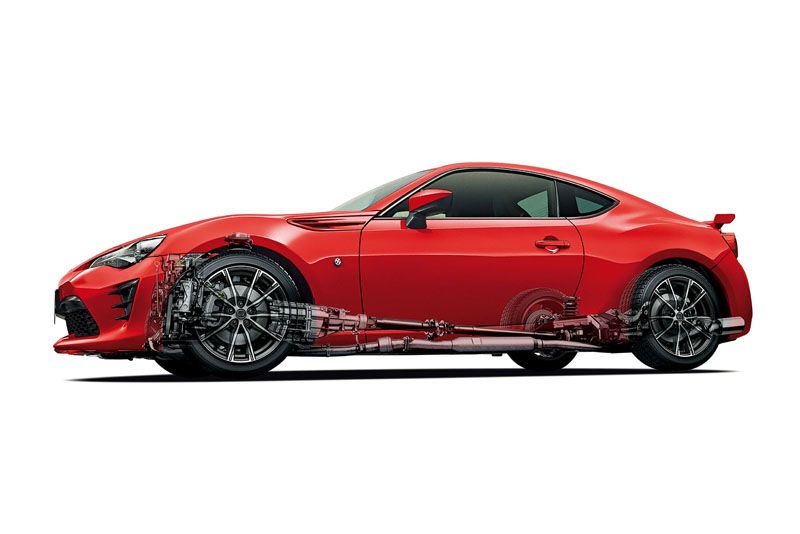
Not surprisingly, the classic AE86 was brought up and it was decided to revive the vehicle for the modern era. The new sports car had to have several critical elements that made the original 86 a hit: it had to be affordable, rear-wheel drive, small and light, have a small but capable engine, and of course, it had to drift pretty well. Toyota tapped Subaru to help co-develop the car and to build the engine, as the brand’s trademark boxer engines helped give the vehicle a low center of gravity and good handling.

Its design was based on the concept of ‘Neo Functionalism’, which means the car’s driving quality and aesthetic appearance had to be part of its functionality. Even the interior design had to be functional. So its pointy fenders were purposely made to help the driver pinpoint the position of the wheels while driving. It was given a small steering wheel and low seat height. Its overall styling was intentionally reminiscent of the iconic Toyota 2000GT sports car.
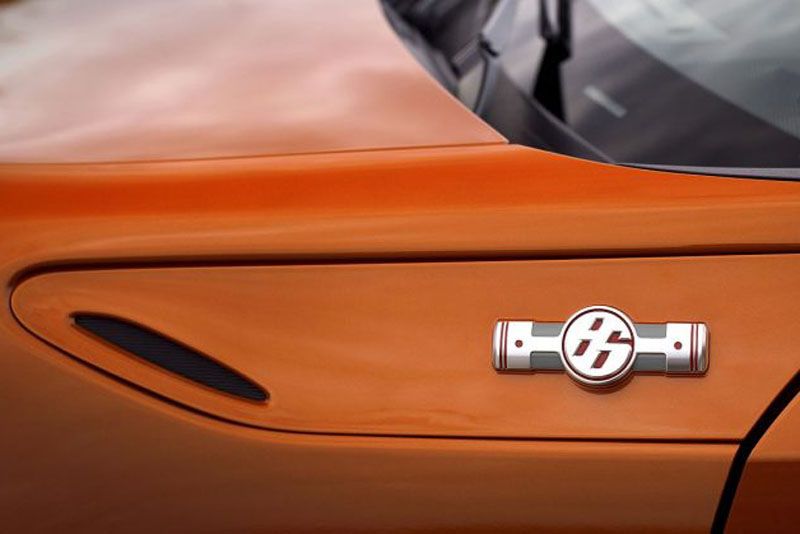
Finally, to commemorate its special purpose, even its ‘86’ logo hides an Easter egg. Cylinders poke out of the side of the number to symbolize its boxer style engine. The holes in the ‘8’ and ‘6’ are actually the tires of the car (seen from above) drifting.
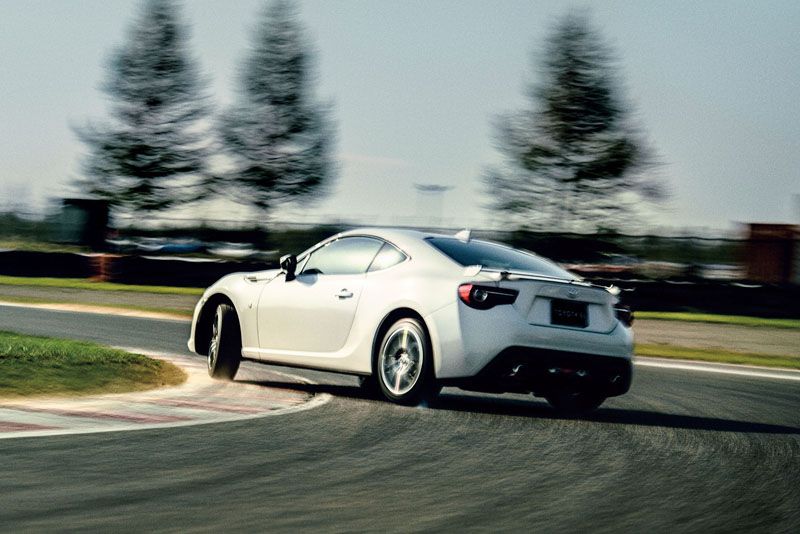
Not surprisingly, the GT86 as it was first called, was a hit when it was released to the car buying public. Vehicles were snapped up quickly and a waiting list was beginning to develop all around the world. As originally intended, the vehicle was a great choice for starting motorsports with. Quite surprisingly, besides circuit racing and drifting, the car also gained popularity in other forms of racing, like rally. In a surprising twist, the new 86 now stars in its own manga that nods to the original Initial D, called MF Ghost.
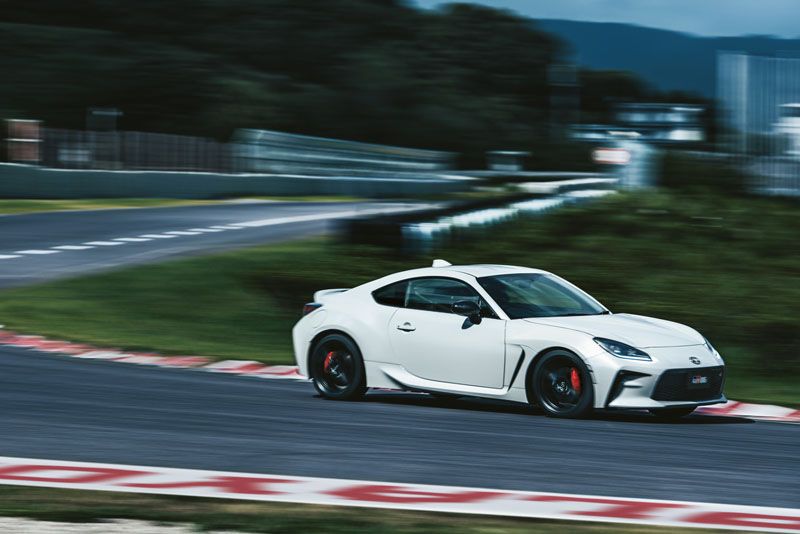
To this day, the 86, now called the GR86, is still being offered and continues to appeal to sporty drivers despite the presence of higher-performing, more expensive models. Some say, Toyota’s sports car resurgence is largely owed to the humble little 86. That’s quite an achievement for something that started out as slightly fancier Corolla. That’s why every August 6th, we celebrate 86 day.